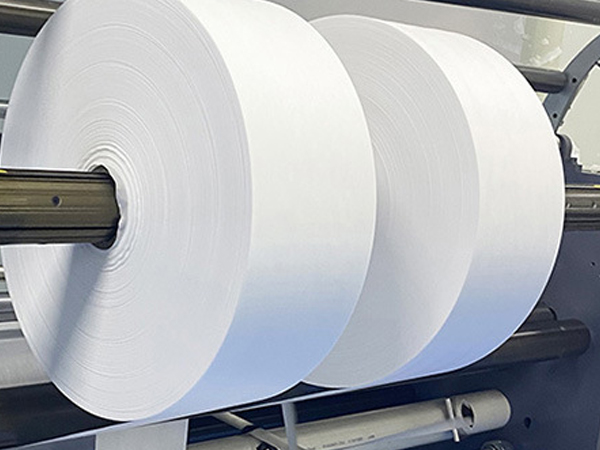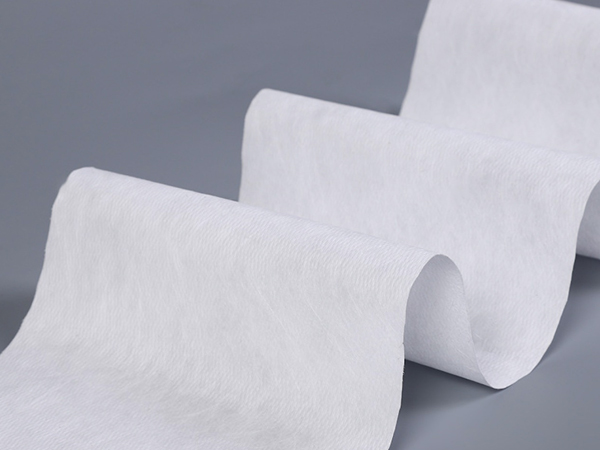- "Silk Road Keqiao · All over the world" into Zhengzhou precision matchmaking conference was successfully held
- Understand the full scene application of roof nonwoven fabric
- Ganzhou textile and garment industry chain and government and enterprise roundtable meeting was held
- Analysis of production technology of woodpulp spunlaced nonwoven fabric
- The 4th Chaoshan International Textile and Garment Expo opened in Shantou International Convention and Exhibition Center

- Cellphone: +86-13430333258
- Email: qdvictorin@gmail.com
- Address: No.95 Kongquehe Wu Road,Jimo Garment Industrial Park, Qingdao City, Shandong Province, China
Roofing nonwoven fabric is a functional material used in building roof engineering, usually polyester fiber, polypropylene (PP) and other raw materials, by acupuncture, thermal bonding and other non-woven process made. With its light weight, waterproof, weather resistant, tensile and other characteristics, it has become an important part of modern roof waterproof, insulation, isolation system. The following is a detailed analysis from three aspects: functions, application scenarios and advantages:
First, the core function of the Roofing nonwoven fabric
Waterproof and moisture-proof
As a substrate or insulation layer for waterproof coils, non-woven fabrics can effectively block rainwater penetration and achieve air permeability through the microporous structure between the fibers, avoiding the accumulation of water vapor inside the roof and reducing the risk of mildew.
Enhanced tension and puncture resistance
Non-woven fabrics have high longitudinal and transverse tensile strength, which can disperse the stress caused by temperature changes or external forces (such as trampling, hail) on the roof, and protect the waterproof layer from tearing or puncture.
Isolation and buffering
In multi-layer roof structures, non-woven fabrics can separate different materials (such as asphalt layer and insulation layer) to prevent adhesion or chemical reactions, while buffering the deformation pressure caused by thermal expansion and contraction.
Auxiliary thermal insulation
Part of the roof non-woven fabric and thermal insulation material composite use, through the fiber structure to reduce heat conduction, improve the energy saving effect of the roof.
Second, the unique advantages of roof non-woven fabrics
Lightweight construction
Compared with traditional materials (such as linoleum), non-woven fabrics are light in weight and easy to cut, which can greatly reduce roof load and improve construction efficiency.
Strong weather resistance
Through UV resistance, high and low temperature (-40℃ to 120℃) treatment, adapt to extreme weather, extend the service life of the roof.
Environmental protection and economy
Part of the roof non-woven fabric can be recycled to reduce construction waste; And its long life and low maintenance costs, reduce the full cycle of use costs.
Flexible adaptability
It can be customized according to the requirements of gram weight (such as 100-500g/㎡), thickness, color, to match different roof structures (flat roof, slope roof) and engineering standards.
Third, the typical application scenario of roof non-woven fabric
Waterproof coil base material
With asphalt, polymer material composite made of waterproof coil,
Roof insulation
It is laid between the insulation layer and the waterproof layer to prevent the dissolution or deformation caused by direct contact between the insulation material and the asphalt.
Planted roof system
Used in roof greening projects, as an anti-root puncture layer or drainage layer, not only to protect the waterproof structure, but also to promote drainage ventilation.
Metal roof liner
Non-woven fabric is laid under the metal roof to reduce the erosion of condensate on the structure, while providing sound insulation and heat insulation effects.
Qingdao Victor New Material Co. Ltd is a professional nonwoven products manufacturer located in Shandong, China. The factory founded in 2013, specified in nonwoven related products(Nonwoven fabrics, Spunlace, Wipes, Roofing Nonwoven)from nonwoven fabric to finished products. We have three major product lines, spunbond, meltblown, and spunlace. Qingdao Victor New Material Co. Ltd offer one stop service from design, manufacturing, packaging, and shipping.
- "Silk Road Keqiao · All over the world" into Zhengzhou precision matchmaking conference wa
- Understand the full scene application of roof nonwoven fabric
- Ganzhou textile and garment industry chain and government and enterprise roundtable meetin
- Analysis of production technology of woodpulp spunlaced nonwoven fabric
- The 4th Chaoshan International Textile and Garment Expo opened in Shantou International Co
- Wood pulp spunlaced non-woven fabric: multi-field innovation driven by environmental prote
- From the hot topic of the two sessions to see the development of new quality of textile in
- Unlock nonwovens: Passwords for a wide range of applications from medical to agriculture
- Spunlace non-woven technology revealed
- The 17th China International Industrial Textiles and Nonwovens Exhibition (CINTE24) came t

